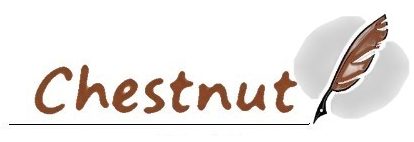The Flying Eagle of Sham Shui Po
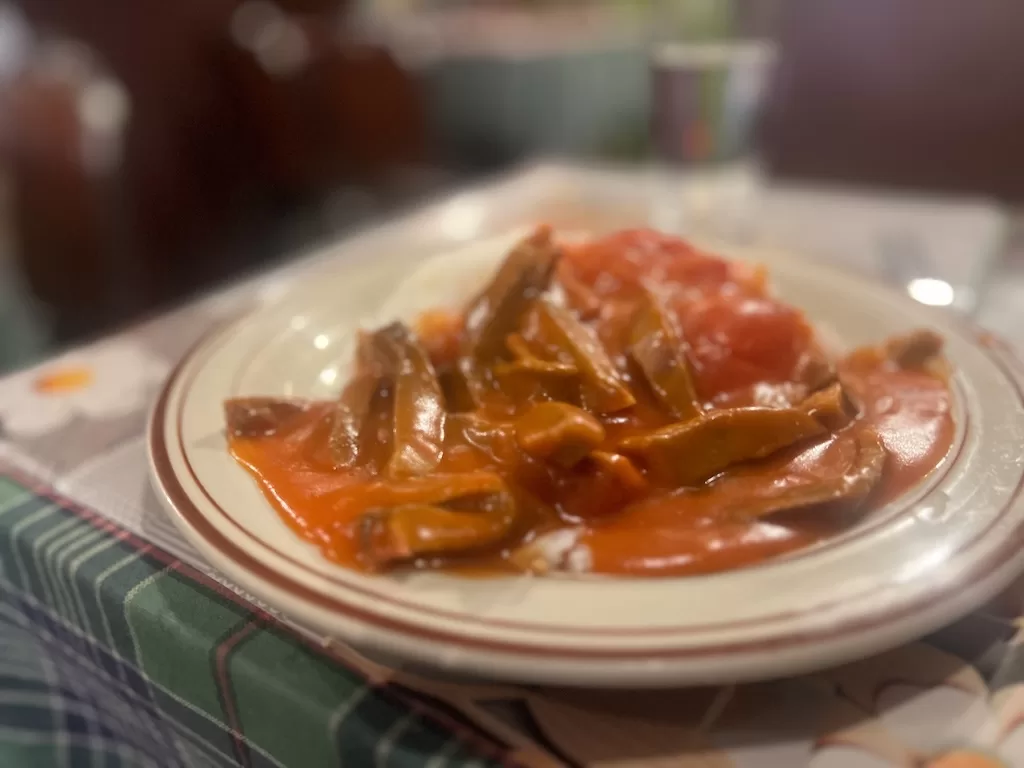
I set out for the Flying Eagle Restaurant in Sham Shui Po after a round of bargain hunting in this area. As an aged neighborhood in Kowloon, Sham Shui Po has a history little known to most Hong Kong people. It does not come under the spotlight often, as it is generally understood to be a place for people of lesser means. Yet it has a fascinating history precisely due to this reason.
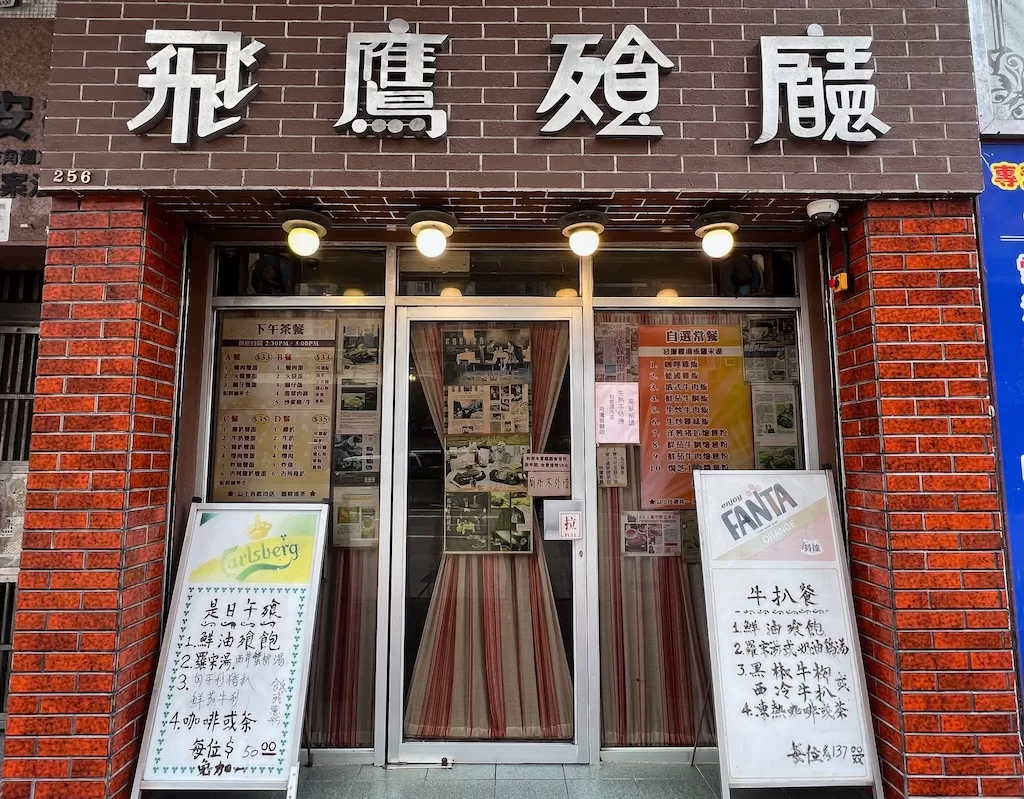
A Brief Look at the History of Sham Shui Po
The earliest human settlement in Sham Shui Po is dated to 2,000 years ago. The Lei Cheng Uk Han Tomb is the living testament to human habitation in this part of Hong Kong, and a civilization no less.
Fast forward to the 19th century, Sham Shui Po was sparsely populated with small villages when the British took over the administration of the New Territories in 1898. Sham Shui Po lied north of then-Boundary Street, therefore it was originally part of the New Territories when the British took over Kowloon in 1860. At the time, Sham Shui Po was a coastal area. The face of Sham Shui Po would change drastically in the 20th century.
Reclamation efforts have brought the Sham Shui Po district inland. Population grew in the early 20th century. A few prominent persons in Hong Kong took interest in the development of the area. Gentry merchants like Wong Yiu Tung, Li Ping, Ho Kai and Lau Chu Pak advocated for the construction of various critical facilities that typified the Chinese communities of Hong Kong. There were already temples and traditional Chinese marketplaces by the 1920s or so. With the establishment of the wet market, the Sham Shui Po Public Dispensary, and the ferry service running between Sham Shui Po and Central, the district soon saw significant population growth.
For the rest of the 20th century, Sham Shui Po’s urban character blossomed. Stalls lining the Ap Liu Street are known to be the prime spot for bargains. The stalls are bazaar-like setups that sell all kinds of daily goods and oddities. Tenement houses lined its streets, and the area became the residence for people with lesser means, including the refugees that came to Hong Kong due to wars and upheavals in China. Even today, Sham Shui Po has remained relatively poor as a neighborhood. And it has aged unmistakably.
It was with this interest in Sham Shui Po’s past that I sought out the historic dining establishments in the area. I have visited Lau Sum Kee noodles previously, a restaurant of 70 years serving traditional hand-pounded bamboo noodles. On this day, I went to the Flying Eagle Restaurant, which is famous for serving “soy sauce western” food since 1977.
Distinctly Hong Kong — Soy Sauce Western
I have briefly discussed the idea of “soy sauce western” in my entries on Tai Ping Koon and Boston Restaurant. It refers to a certain way that western cuisine is adapted to meet the preferences of the local populace in Hong Kong in affordable prices.
Yet the idea is not just that soy sauce is used in the food. It is a phenomenon in the long evolution of Hong Kong’s local cuisine. As a cheaper version of proper western cuisine, soy sauce western emerged to meet the demand for all things western as Hong Kong people became increasingly keen in sharing in the privilege of the west in the mid to late 20th century or so. It is about the yearning to participate in the high society of Hong Kong, which was, in the beginning decades of colonialism, off bounds to the Hong Kong Chinese.
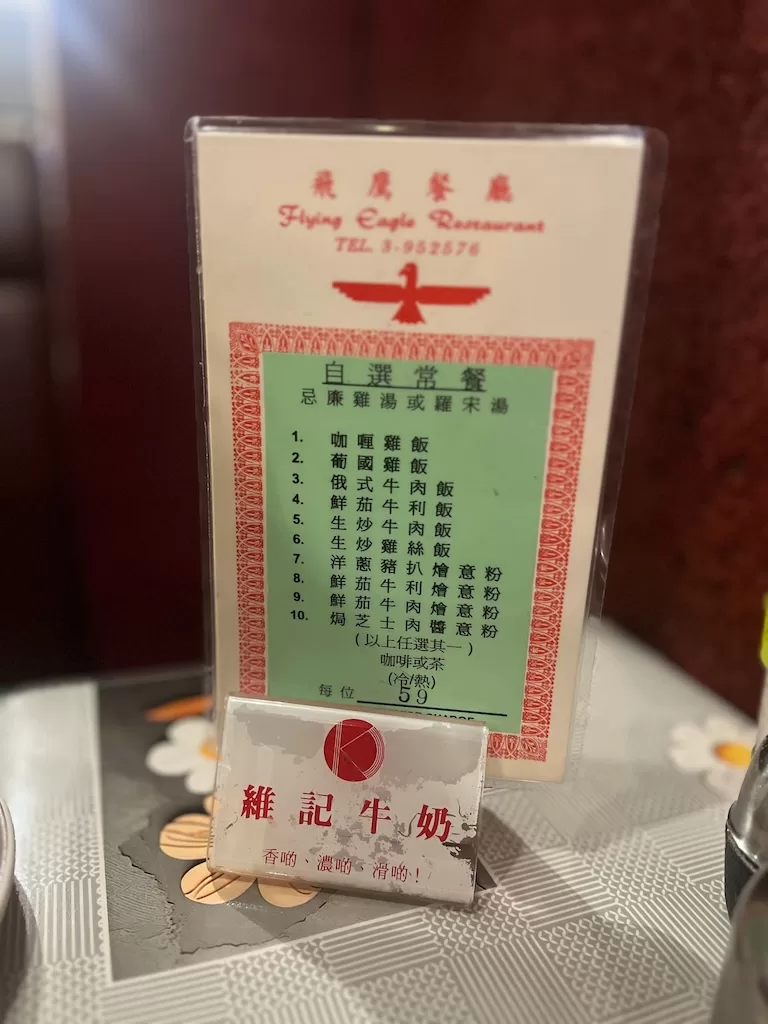
The idea of soy sauce western is infused with cultural implications. At the most fundamental level, it changed the dining habits of the Hong Kong Chinese by introducing the custom to eat with a fork and a knife, even for rice. It is therefore a true expression of Hong Kong society’s world-famous character as it is the forerunner of “east meets west.”
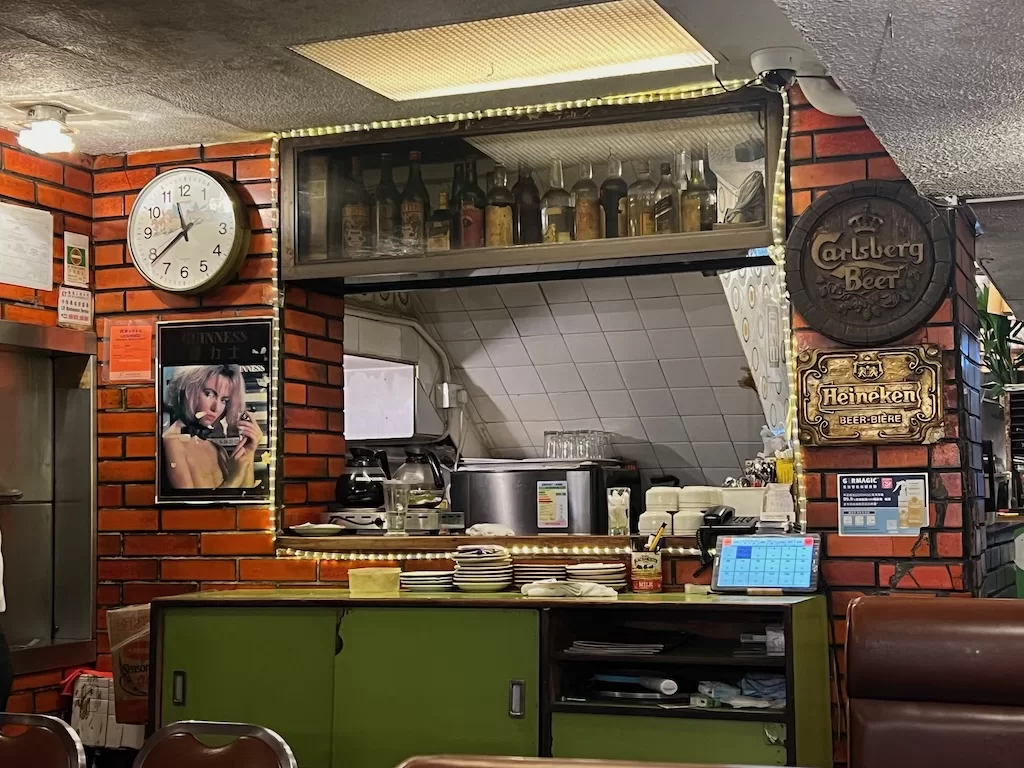
When you go to a restaurant for soy sauce western, the idea comes to life in everything that it offers: from the typically dark dining space to the sweet bread rolls that go with either a “white soup” (cream of corn) or a “red soup” (Hong Kong style borsch). The main dishes usually feature your meat of choice, generously swaddled in a soy-based sauce, orange in color if it is onion, and very dark when it is black pepper. You would eat your meat with rice or spaghetti.
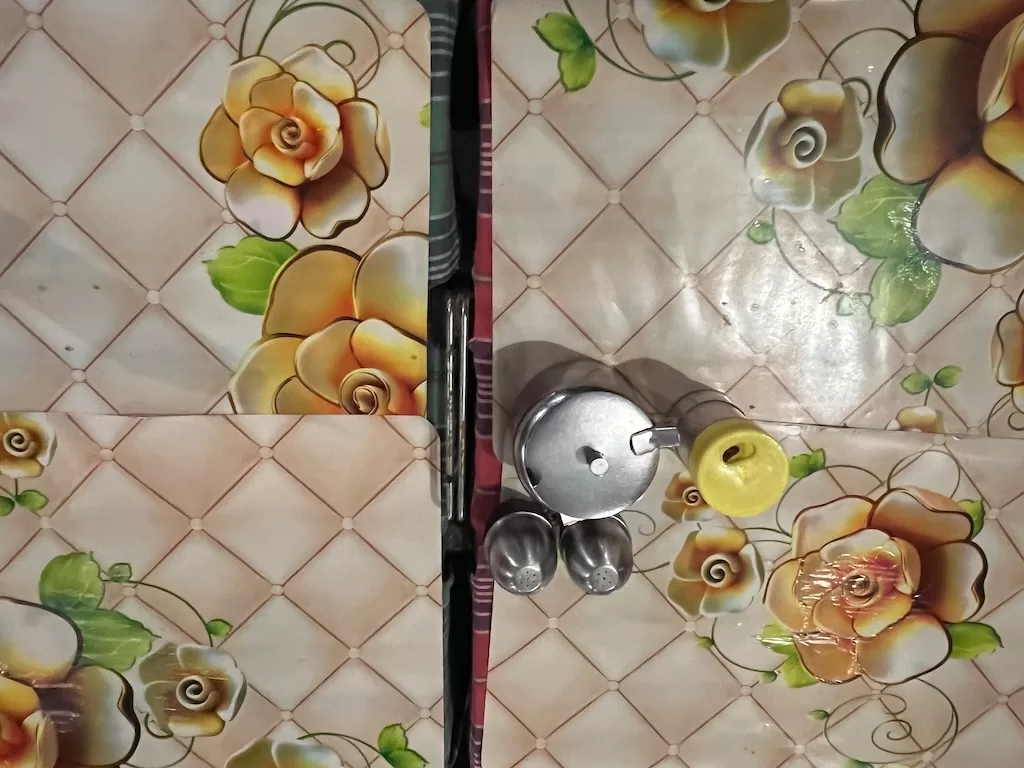
The Flying Eagle
The Flying Eagle began its first chapter in Macau in 1971. It then moved to Hong Kong in 1977 and has been in Sham Shui Po since. It remains a business of the Wu family throughout the past decades. In its heyday, Flying Eagle positioned itself as a high-class restaurant for the merchants and factory owners to meet and discuss business.
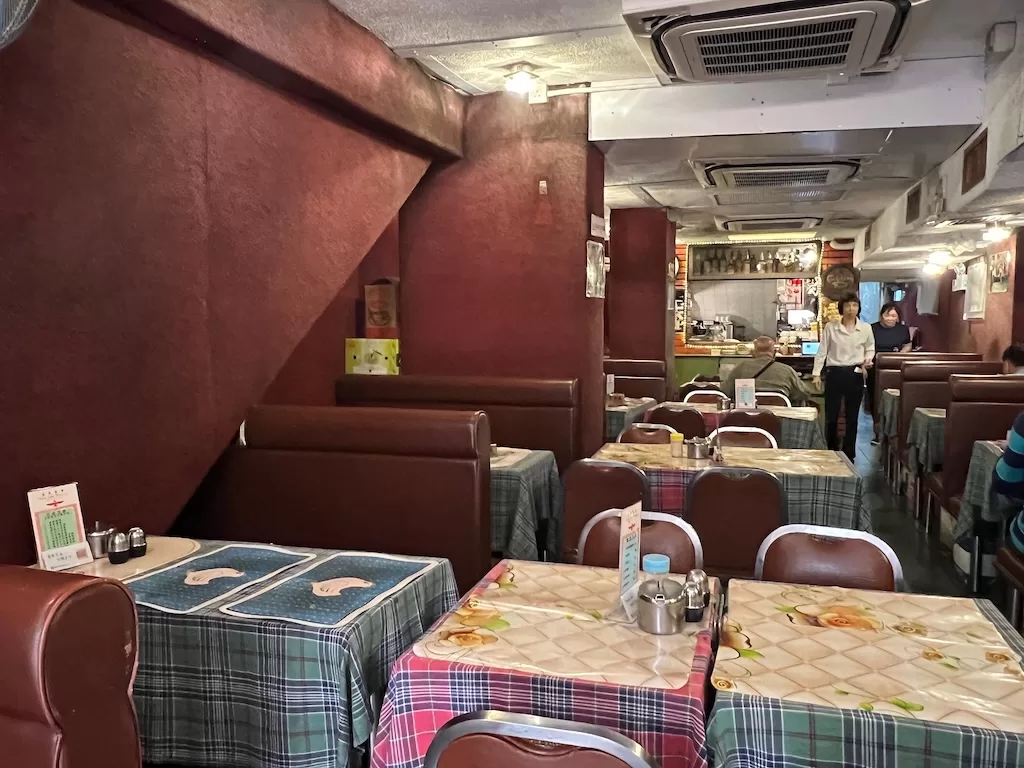
In Chinese, we have the phrase “ten years like a day” to describe something that has remained true to its purpose throughout the long passage of time. The Flying Eagle is exactly that.
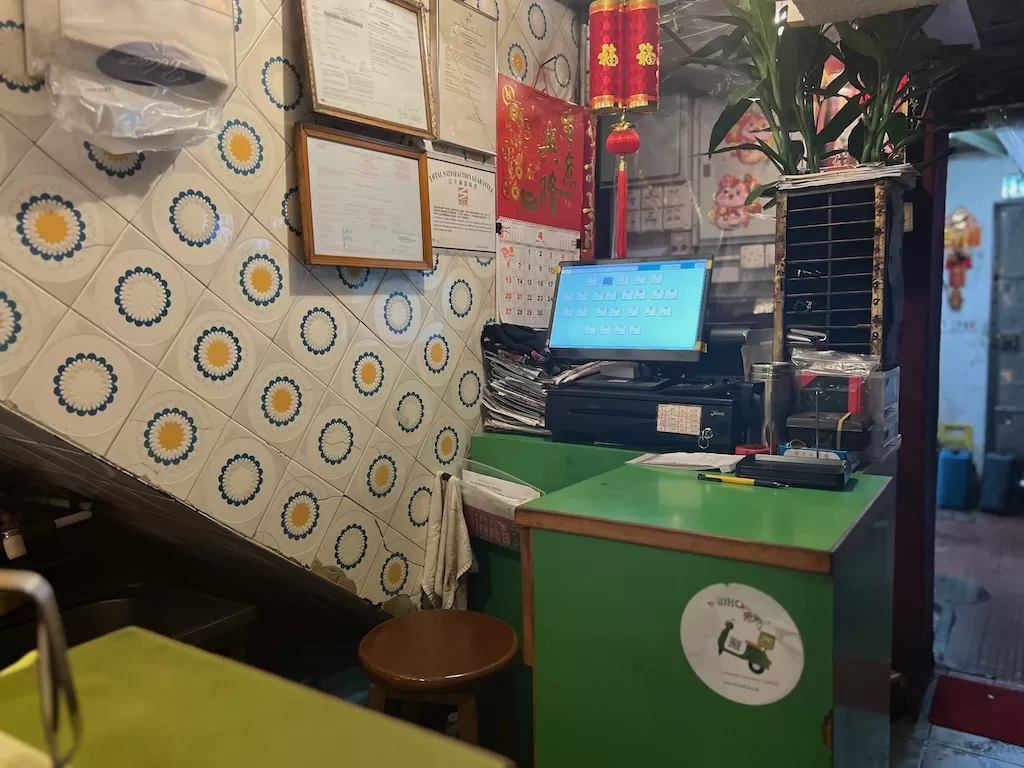
The aged brown walls, the light fixture of the 1980s, the memorabilia of a bygone era — all are the hallmarks that brings one back the early 1980s, at the cusp of a roaring decade that defined Hong Kong’s future in all matters of politics and economy.
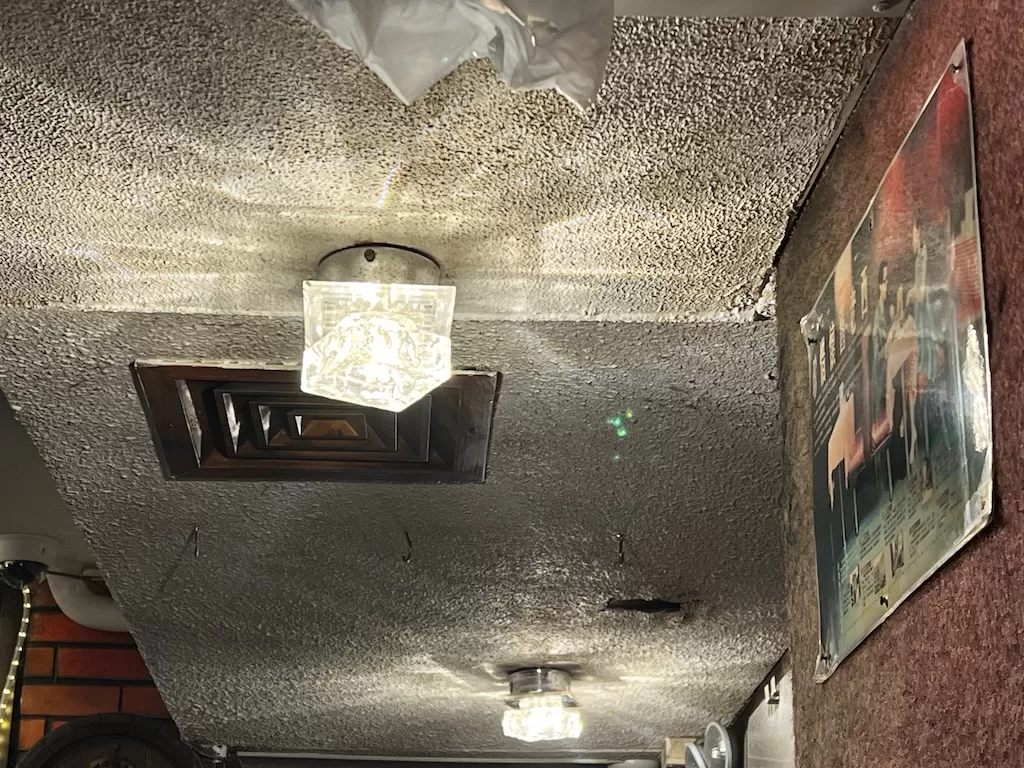
The Food of Flying Eagle
The idea of soy sauce western emerged to represent a local, fusion version of western food. The interpretation of western dining as expressed in soy sauce western restaurants has now become dated. The Hong Kong people’s idea of proper fusion food has taken a worldly leap forward, as they have developed super sophisticated dining expectations in a much wealthier society.
Today, soy sauce western is a thing that evokes nostalgia, above all else. There are no longer so many soy sauce western restaurants in Hong Kong, and none can maintain the former privilege as the “only door to the western lifestyle” for the Hong Kong Chinese.
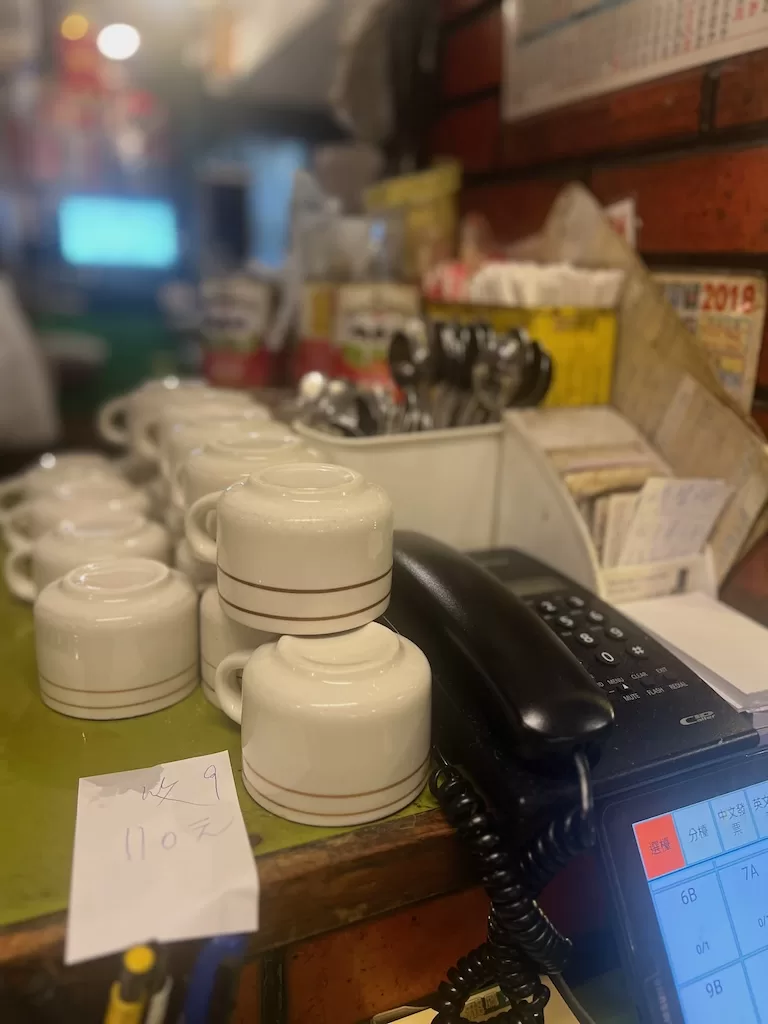
Its most famous dish is steak on a sizzling hot plate (HK$138), which is certainly a soy sauce western classic. Although that is served during lunch, I opted for the set lunch menu for HK$50. There were two choices, either pork chop or beef tongue, and I had beef tongue over white rice. I noticed that fellow diners ordered the pork chop, and they had the exact same sauce over their meat.
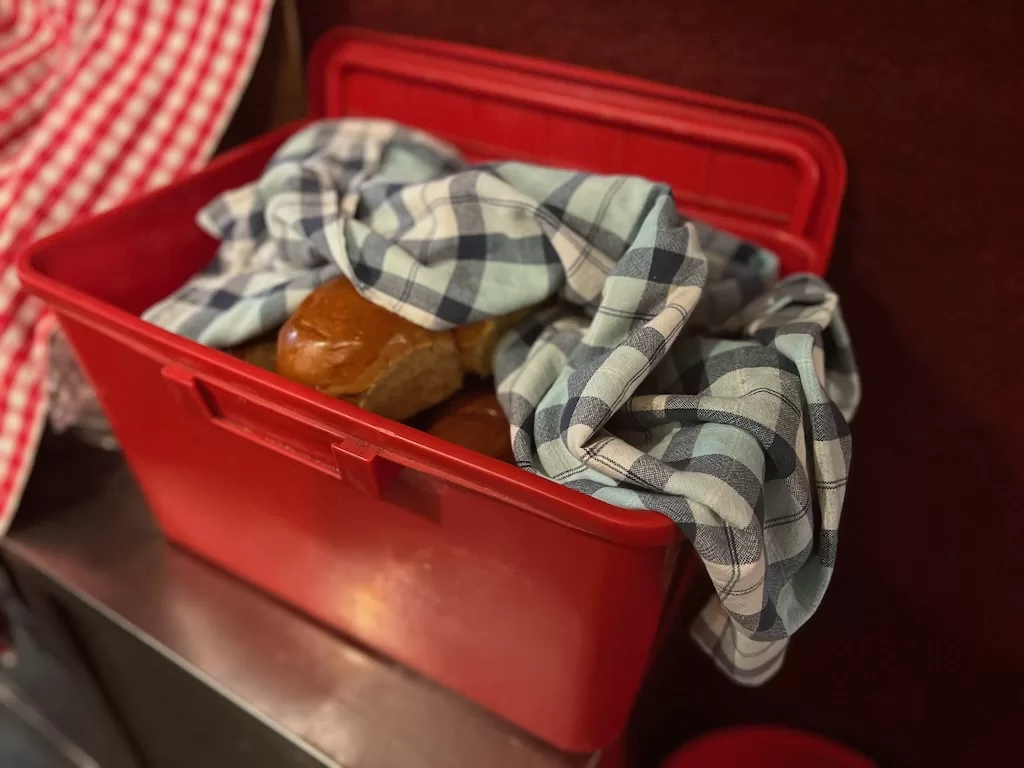
It is no exaggeration to say that I tasted old Hong Kong in the food. The bread roll was soft, warm, and perfect with butter and the borsch.
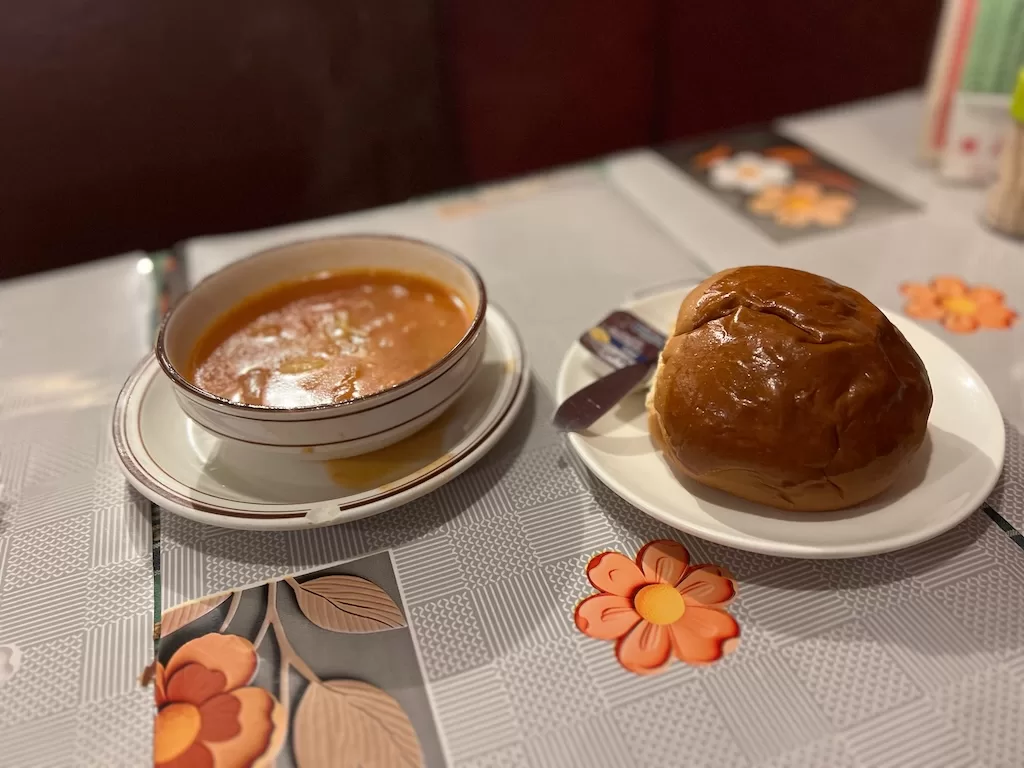
The beef tongue was very tender and well-seasoned. The thick sauce was the soul of the dish that delivered comfort, familiarity and a touch of heartfulness. Finally, certainly not least, the staff are of course of the older generation (as in, older than myself), who smile ear to ear at you when you talk to them.

Flying Eagle stands tall in the nostalgic dining category because it offers an experience that embodies all the classic elements of soy sauce western. There is still a long queue for dinner time at the Flying Eagle, as it is now a nostalgic icon.
The address of Flying Eagle is No. 256, Lai Chi Kok Road, Sham Shui Po (cross street Nam Cheong Street).
Sources
sham-shui-po.com on Sham Shui Po History.
